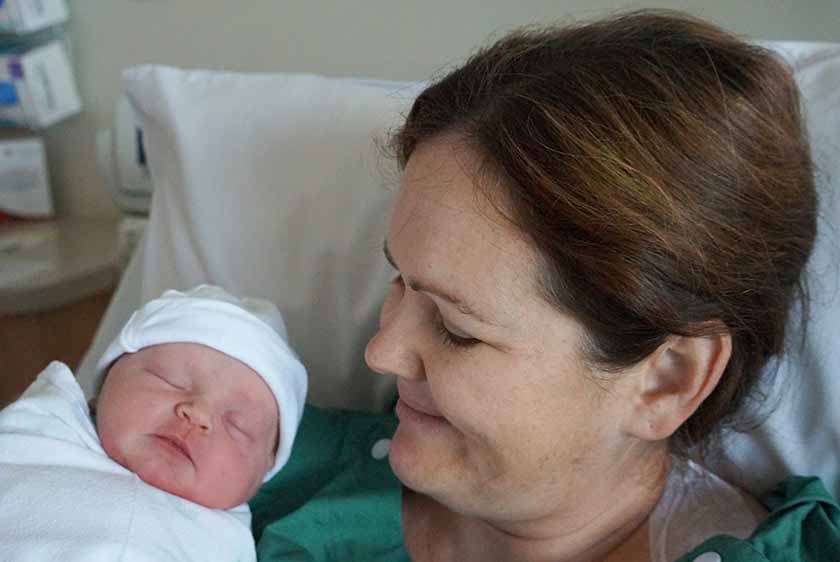While you may be concerned about taking pain relief if you are breastfeeding, there are lots of medications considered safe.
The amount of medication that may pass into your breast milk and reach your baby is dependent on a number of factors, including:
- what the medication is
- the amount of medication taken
- the number of different medications taken
- the time the medication was taken in relation to your baby’s feeding schedule.
To ensure a medication is safe for both you and your baby, it is important to talk to your doctor, pharmacist or nurse/midwife about the following:
- any allergies, adverse reactions or intolerances to both medications or food you may have
- any current or past medical conditions such as asthma, epilepsy or chronic pain
- any medications you are currently taking or have recently stopped taking, both prescription and non-prescription including vitamins and cold and flu remedies
- any recreational substances, including alcohol that you are using, or may use, as they can affect your medication.
Types of medication
Optimal pain relief is achieved through the regular use of appropriate medications. Medications commonly used after childbirth include:
- paracetamol
- anti-inflammatories such as ibuprofen, naproxen or diclofenac.
Each of these medications work in a different way, therefore paracetamol and one anti-inflammatory may be used together.
Taking a combination of medications usually allows for lower doses of each to be used, reducing the risk of both side effects, and the amount of medication that may pass into your breast milk.
Paracetamol
Paracetamol is a well-tolerated, simple analgesic which his considered safe while breastfeeding. When taken regularly – two 500mg tablets, four times a day, paracetamol provides effective pain relief and can reduce the need for other, stronger analgesics.
Paracetamol is found in many different combination products, such as cold and flu tablets. Care needs to be exercised to ensure you don’t exceed the maximum daily dose of 4000 mg – four grams or eight x 500 tablets – of all paracetamol in all forms.
Anti-inflammatories
Anti-inflammatories, also known as Non-Steroid Anti-Inflammatory Drugs, help reduce inflammation (swelling) and provide pain relief. Whilst anti-inflammatories are generally safe and well tolerated, they are not appropriate for everyone.
Please check with your health care professional before taking these. Ibuprofen, diclofenac and naproxen are all considered safe in breastfeeding for short periods of time.
Anti-inflammatories can be taken in conjunction with other (different) pain medications, however it is important to only take one anti-inflammatory at once.
Stronger pain relief
If your pain is not adequately controlled by a combination of paracetamol and an anti-inflammatory, you doctor may consider prescribing an opioid. Opioids are a type of strong pain reliever used for moderate to severe pain.
Codeine, oxybodone, tramadol and dextropopoxyphene are all examples of opioids. Not all opioids are safe in breastfeeding and it is important to check with your health care professional before taking. Drowsiness and constipation are two common side effects from opioids.
Things to remember
- Pain management is important for both your health, recovery and your baby’s care.
- Many medications are safe to take while breastfeeding.
- To minimise the amount of medication that enters your breastmilk and passes to your baby, feed your baby immediately before taking medication if possible.
- If your pain persists, or if you have any queries, consult your health care professional.
- A Consumer Medicines Information (CMI) leaflet may provide useful information.
Please note: this is not intended, nor should it be relied on, as a substitute for medical or other professional advice.








